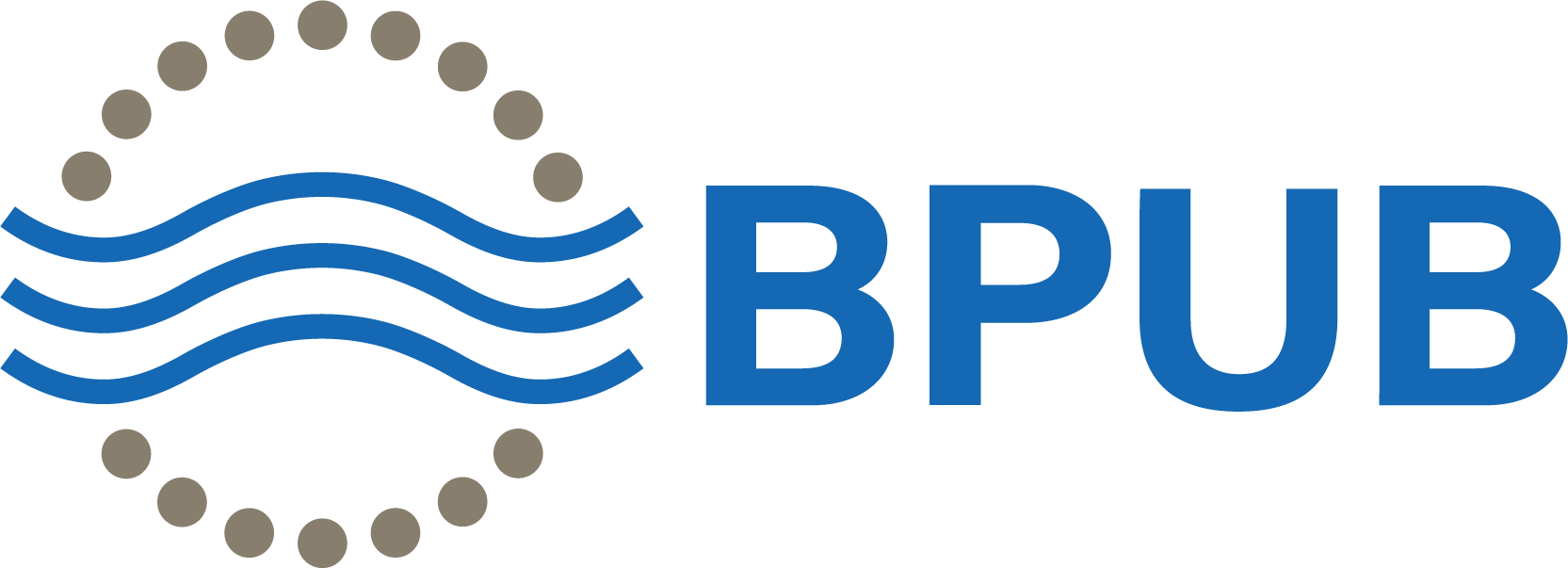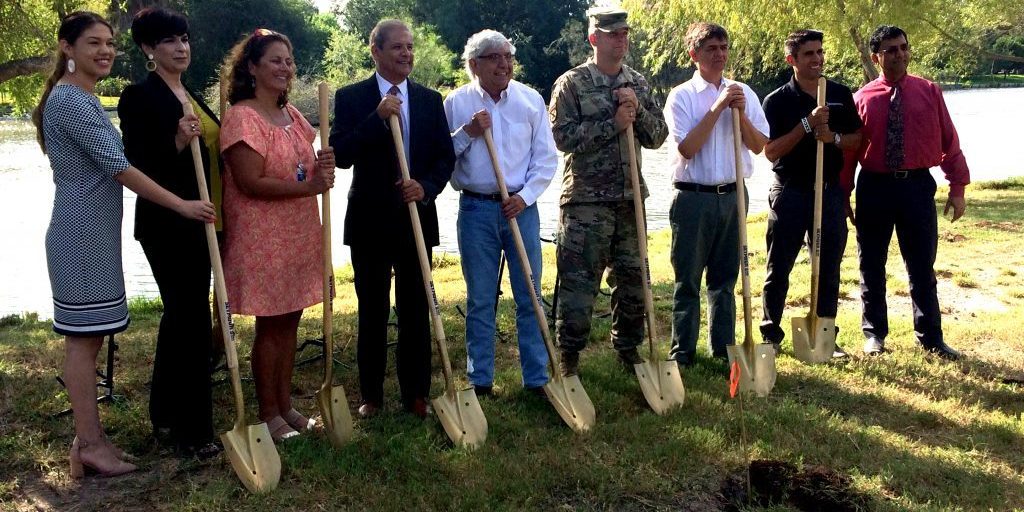Resaca Boulevard Resaca Ecosystem Restoration Gets Underway
Passersby might have noticed that the area along the Resaca Boulevard Resaca is starting to look a bit different. That area is undergoing an ecosystem restoration that began in August 2018. The work is being funded by the U.S. Army Corps of Engineers (USACE) and the Brownsville Public Utilities Board (BPUB), with USACE covering 65 percent of the approximately $1 million project and BPUB covering the other 35 percent.
Officials gathered Aug. 28 for a groundbreaking ceremony to mark the occasion. Brownsville Mayor Tony Martinez acted as master of ceremonies for the group that included members of the BPUB board; city officials; U.S. Rep. Filemon Vela; Texas state Rep. Eddie Lucio III; and representatives from the USACE and U.S. Sen. John Cornyn’s office. Three Montezuma cypress trees were planted to commemorate the occasion.
Resaca Boulevard Resaca has been heavily impacted by urban development and an altered flooding path that has resulted in the alteration of aquatic and riparian habitats associated with the resaca ecosystem. This current project will address the need for restoration at the Resaca Boulevard Resaca in three major ways: removal of non-native invasive plant species, planting and development of native plant species, improvements to the resaca bank.
Non-native plant species to be removed include:
- Brazilian peppertree
- giant cane
- athel
- Chinese tallow
- KR bluestem
- Bermuda grass
- and other non-native plant species
The Washington fan palms will not be removed. In addition to the Texas sabal palms, the fan palms provide habitat for the red-crowned parrot, a federal candidate species, and the southern yellow bat, a state-listed threatened species. Therefore, the fan palms would not be included in the list of non-native species to be removed from the site.
Additionally, it includes the planting of 0.75 acres of native aquatic and emergent plant species on the 15-foot wide shelf along the perimeter of the resaca. The aquatic plantings would include shrub species such as black mimosa and retama. The riparian area would be revegetated with 4.6 acres of native plant species.
What are some of the native species that will be planted?
- Texas persimmon
- Texas ebony
- Lotebush
- Brasil
- Sugarberry
- Anacua
- Turk’s cap
- Mimosa
- Spike rush
- Water clover
- American white waterlily
- Milkweed
- Retama
- And many more varieties
Select areas of the bank have been identified for restoration to provide a more gradual slope along the shoreline. The sculpted bank would then be revegetated with native aquatic and emergent plant species. The more gradual shoreline gradient, in combination with the planting of native aquatic, emergent, and riparian vegetation significantly increases the habitat quality for native amphibians, including state threatened amphibians such as the black-spotted newt, Mexican tree frog, South Texas siren and white-lipped frog while discouraging colonization of vermiculated sailfin catfish, which prefer steeper slopes.
Various governmental entities have been involved in the Resaca Restoration Project, including the city of Brownsville, the U.S. Army Corps of Engineers, Texas Parks & Wildlife Department and the Texas Commission on Environmental Quality (TCEQ).

